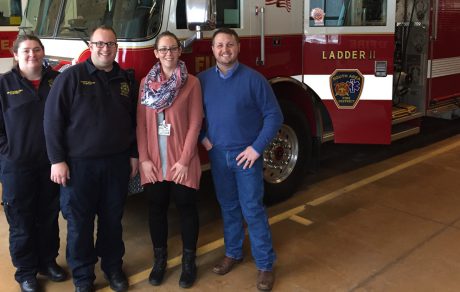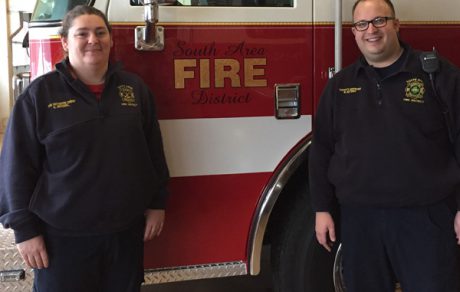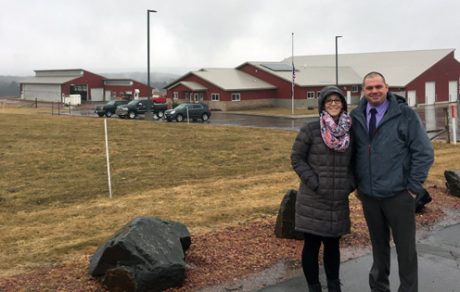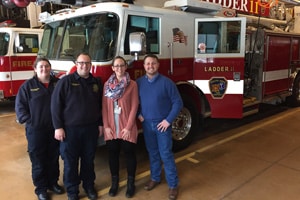Rural firefighters are farmers’ neighbors, friends, family, or are farmers in their own right. They are a highly trainable and trusted workforce. Moreover,

Project Description
View All Funded Pilot Projects
2014-2015
For some time now, agriculture health and safety experts have had limited success in delivering their wares directly to farmers and ranchers. There are, however, a number of other institutions and individual agents that have garnered farmers’ and ranchers’ attention and exert influence upon how they organize and operate their agricultural as well as day-to-day practices. Agriculture health and safety experts need to explore and utilize the unique modes of influence engaged in by lenders, insurers, Extension agents, veterinarians, cooperatives, etc. Agricultural health and safety experts should also be prepared and enthusiastic for the discovery of new people and organizations that exert influence.
This pilot project will develop an instrument that will both qualitatively assess and quantitatively measure the influence that agricultural lenders believe they exert on farmers and ranchers and vice-versa. Through this innovative, ethnographic methodology, the PI will ask central Wisconsin agricultural bankers and farmers to engage in a series of pile-sorts and follow-up interviews. The results of these activities will set the stage for a larger, extended study regarding institutions and agents that inhabit the spheres of influence around agricultural safety. It will also assist the development of the role that applied cultural anthropology can play in the field of agricultural health and safety.
 Pile-sorting is an ethnographic method that asks subjects to sort cards with distinguishable content (words or pictures) into piles of kinds or rankings. A free pile sort asks the subject to organize the cards in any way they feel they can explain. Subjects will often make many piles of similar cards. Another strategy is to ask the subject to use the cards to cognitively map the network of people or institutions they are familiar with. The questions of who goes with whom and why things are placed prompts ample amount of critical discussion. Lastly, the subject can be asked to rank the content on the cards. Occupations can be ranked in terms of honor, salary, or perceived power. Ratings can also be established if numerical categories are previously established. The instrument proposed here will consist of some combination of these strategies with the content of the cards being the possible agents of influence in dairy farmers’ social-cultural world. The sorting exercises will be recorded for statistically measurable values, primarily through rankings, and qualitative data based on the dialogue prompted.
Pile-sorting is an ethnographic method that asks subjects to sort cards with distinguishable content (words or pictures) into piles of kinds or rankings. A free pile sort asks the subject to organize the cards in any way they feel they can explain. Subjects will often make many piles of similar cards. Another strategy is to ask the subject to use the cards to cognitively map the network of people or institutions they are familiar with. The questions of who goes with whom and why things are placed prompts ample amount of critical discussion. Lastly, the subject can be asked to rank the content on the cards. Occupations can be ranked in terms of honor, salary, or perceived power. Ratings can also be established if numerical categories are previously established. The instrument proposed here will consist of some combination of these strategies with the content of the cards being the possible agents of influence in dairy farmers’ social-cultural world. The sorting exercises will be recorded for statistically measurable values, primarily through rankings, and qualitative data based on the dialogue prompted.
Ultimately, if lenders’ are made more aware of the role health and safety play in the profitability and sustainability of the farms and ranches they finance, they may collaborate in order to capitalize upon the levers of influence they control. The development of the instrument proposed here is a critical step in laying a foundation for future influence mapping as well as capacity building with influential collaborators.








